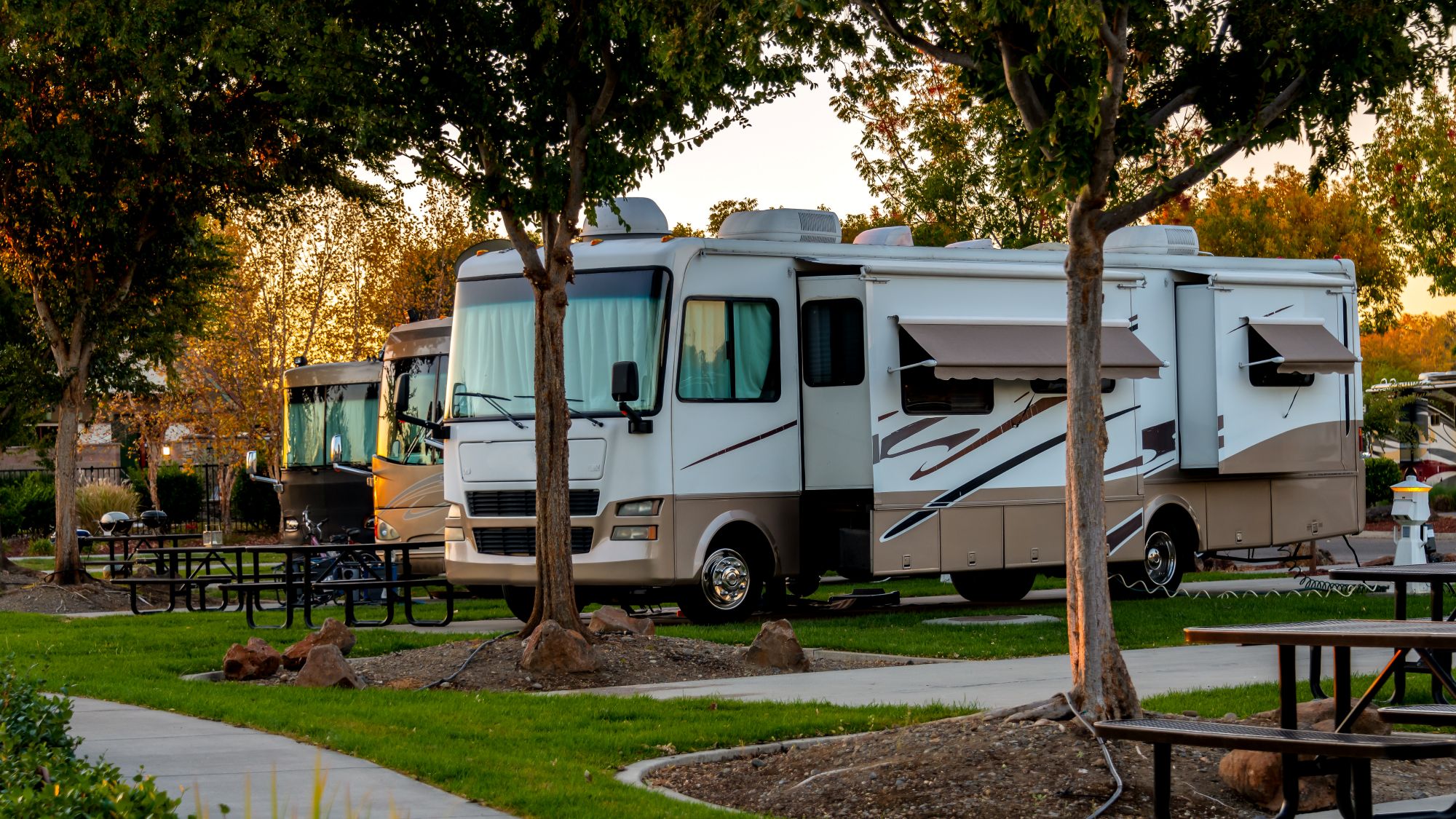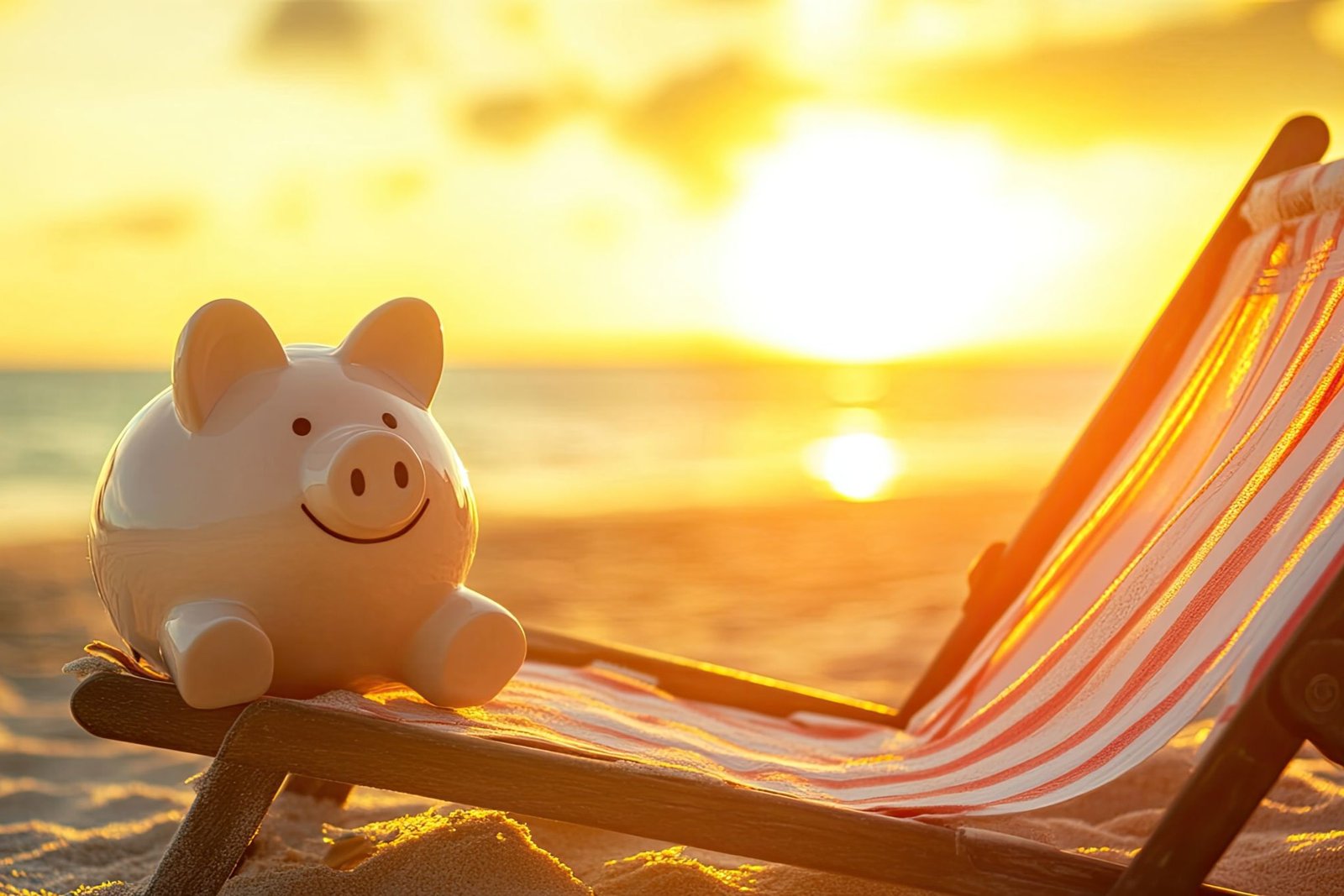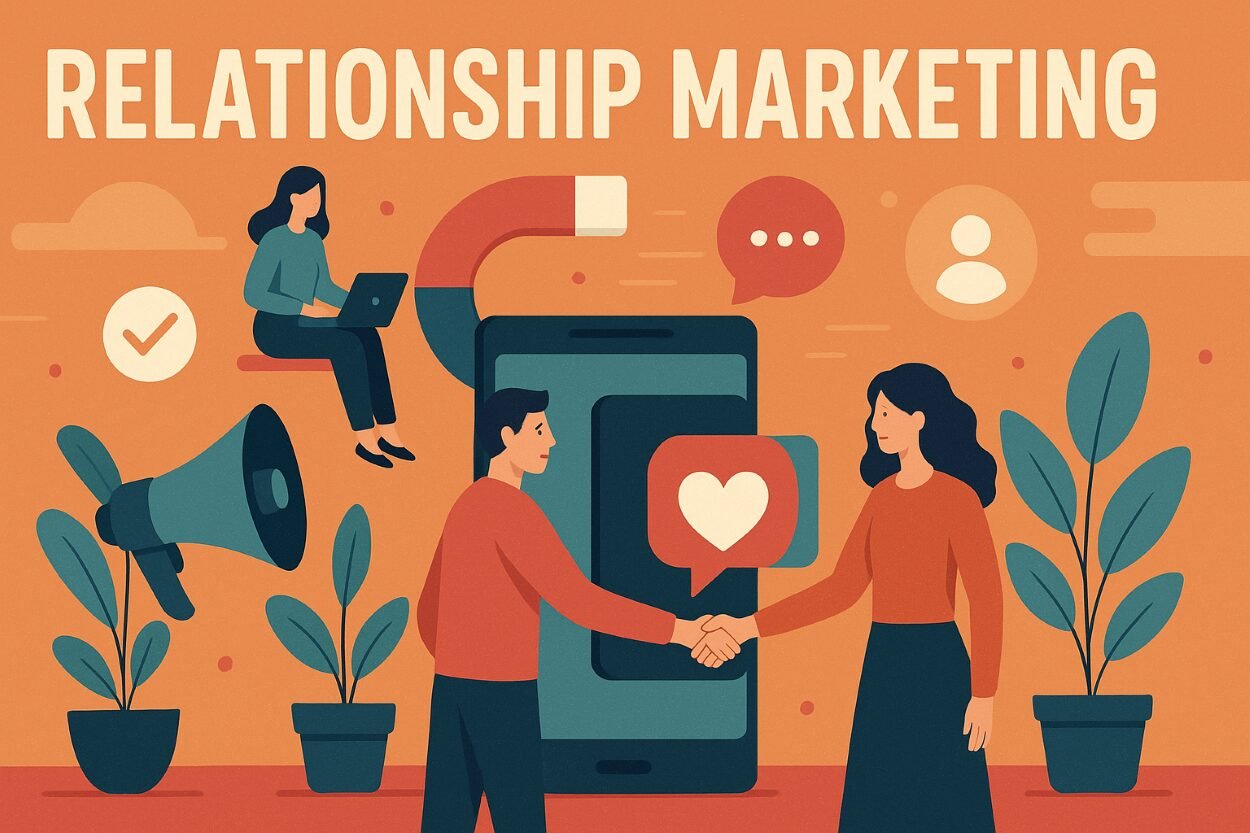
As an owner or operator of an RV park or campground in Florida or Alabama, your calendar runs on a different beat than most. While northern parks start winding down in the fall, you’re ramping up for your busiest stretch—welcoming snowbirds, seasonal guests, and winter vacationers by the dozens.
Then summer rolls around. And depending on where you’re located, that can mean fewer check-ins, quieter sites, and a noticeable dip in occupancy. The humidity climbs, the phones slow down, and the pace shifts—at least compared to your peak season.
So here’s the big question: what are you doing right now to fill sites this fall—or lock in reservations for next winter?
This is your window of opportunity. Let’s talk about how to keep your park top-of-mind and build lasting value while things are a little quieter—whether it’s July or October.
The Cost of Going Quiet
It’s tempting to ease off the gas during the slower summer months. You’ve just come through a busy peak season—you’re tired, the campground is quieter, and a little breathing room feels well deserved. And it is.
But going completely quiet on marketing? That’s a mistake.
When you stop showing up in inboxes, on social media, or in search results, you don’t just give guests a break—you give them a reason to forget you. Out of sight really does mean out of mind. And when they start planning their next seasonal stay, they may not come back to you… because someone else has been in their ear all summer long.
Here’s the kicker: while some operators are coasting, others are doubling down. They’re sending out early booking offers, refreshing their websites, posting campground updates, and quietly building relationships with the very guests you’ve worked hard to win.
In quieter months, visibility is easier—and cheaper. If you’re not staying in front of your audience, chances are your competitors are. And by the time winter rolls around, they’ll already be top of mind.
Consistency isn’t about flooding inboxes or churning out daily posts—it’s about staying present, reminding guests you’re here, and giving them a reason to come back before someone else does.
Summer is for Strategy: Stay Connected with Email
Think of email as your digital campfire—your chance to keep the conversation going, even when guests are hundreds of miles away. And no, you don’t need a marketing agency or fancy design templates. What matters is consistency, relevance, and a human touch.
A monthly newsletter is one of the most cost-effective ways to stay top-of-mind. It reminds past guests that you’re still here, still improving, and still worth booking again.
Use it to:
- Showcase progress: Are you renovating sites, adding concrete pads, updating bathhouses, or installing fiber Wi-Fi? Let guests see the improvements in action.
- Promote early bird specials: Give loyal guests first dibs on winter bookings before sites fill up—create a sense of insider access.
- Tease fall and winter events: Is there a chili cook-off, holiday lights festival, or local event that’s always a hit? Start talking about it now.
Even if guests aren’t planning a trip this week, regular updates build anticipation. You’re planting the seed—and when they’re ready to book, they’ll think of you first.
Social Media Isn’t Just for Busy Seasons
Too many parks treat social media like a switch—on during the season, off when it slows down. But in reality, the off-season (or shoulder season) is the perfect time to show off the soul of your campground.
This is when you can build relationships, not just transactions.
Use the quieter days to post about things guests don’t always get to see—early morning walks through dew-covered trails, wildlife sightings, peaceful sunsets, or even the “backstage” work that goes into running the park. It makes your operation feel real, approachable, and trustworthy.
This is also the ideal time to:
- Repost guest photos and stories from past visits (with permission).
- Run a “Favorite Campsite Memory” contest or encourage guests to vote on their favorite seasonal activity.
- Share short videos: quick tours, upgrade updates, or a “Meet the Owners” clip.
And remember—one quality post per week is more powerful than a dozen filler posts. Authenticity wins every time.
Summer Discounts: Yes, They Work
Discounts don’t have to mean devaluing your product. Done right, they’re targeted nudges—tools to fill empty sites during slower stretches and build goodwill with key audiences.
Think strategically:
- “Beat the Heat” weekday specials give local retirees or remote workers a reason to escape the city.
- “Kids Camp Free” weekends appeal to families looking for a quick, budget-friendly summer getaway.
- Loyalty offers (“Come back this summer, save 20% on your winter stay”) reward returning guests and help you stay top-of-mind when they’re planning long-term trips.
Instead of broad, generic discounts, focus on driving specific behavior: increasing weekday bookings, introducing your park to locals, or bridging that revenue gap between seasons.
Target your audience. Speak to their needs. And make sure your promotions align with your brand—these aren’t last-ditch sales; they’re smart, strategic nudges.
Highlight Fall and Winter Now
Your guests aren’t just thinking about this weekend—they’re planning ahead. Use the summer slowdown to market your next peak season.
Update your website with next season’s pricing and availability. Promote fall festivals, winter events, or your most in-demand weeks—especially if they tend to book fast. Create urgency with early booking reminders, and use testimonials or photos from last winter to build excitement.
The parks that sell out aren’t waiting until October to get the word out. They’re building the buzz now.
Partner Locally, Even in Summer
Slow season or not, your park doesn’t exist in a vacuum—and that’s a good thing. The businesses, attractions, and experiences around you are part of what makes your campground worth visiting. The quieter months are the perfect time to tap into those local connections, deepen partnerships, and build packages that enhance guest value.
Think beyond the standard referral. Approach local kayak outfitters, fishing charters, farm tours, heritage sites, breweries, and even hometown restaurants with a win-win proposition: let’s drive traffic to each other.
These partnerships don’t have to be complicated. Simple, creative packages can do a lot:
- “Stay 3 nights, get a free paddleboard rental” helps fill midweek gaps and introduces guests to an experience they might not have found on their own.
- “Camp & Cook” promos with local seafood markets encourage longer stays and deeper spending in your community.
- “Adventure weekends” featuring zipline tours or eco-safaris can attract younger couples or families looking for more than just a peaceful retreat.
Plus, local partnerships give your marketing more legs. When you cross-promote with a nearby business, you’re tapping into their audience as well—doubling your exposure for zero advertising spend.
And here’s the bonus: guests remember when you help them discover something new. It adds value to their trip, makes their experience more memorable, and turns your park into a launchpad for regional adventure—not just a place to park.
So reach out now, while things are quiet. Build those bridges. Because when your guests come back this winter or next spring, they’ll be looking for more than a site—they’ll want a story. Give them one worth telling.
Refresh Your Tools and Team
Finally, use this time to clean house—digitally and physically. Audit your website, fix broken links, update photos, simplify your booking process. If you’re using software systems for reservations or guest communication, make sure they’re still serving you well.
Also, don’t forget your staff. A slower season is perfect for retraining, team-building, or recruiting ahead of winter. Great teams don’t happen overnight—they’re built when things are quiet.
The Takeaway: Your Next Peak Season Starts Now
Marketing doesn’t stop when the RVs thin out or the air gets muggy. If anything, that’s when the smartest operators double down. The ones who stay visible, stay engaged, and stay proactive are the ones with a full calendar come January.
So whether your peak is in the snowbird-filled winter or the sun-drenched summer, make the most of your “slow” season. Your future guests—and your future self—will thank you.






